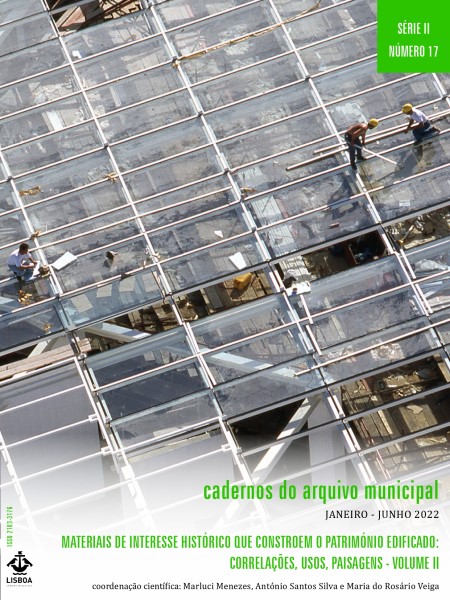From Ajuda Palace to the National Pantheon: the “marbles” in the construction and reconstruction of some notable monuments in Lisbon
DOI:
https://doi.org/10.48751/CAM-7B9C-DE07Keywords:
“Marbles”, Ajuda Palace, Palace of the Courts, National Pantheon, 19th-20th centuriesAbstract
In the 19th and 20th centuries, ornamental stones continued to play an important role in the construction and reconstruction works in Portugal. In Lisbon, the Lioz alongside other varieties of limestone from the outskirts of the capital, often combined with Arrábida
Breccia and the Estremoz Anticline Marbles, define buildings and the landscape. Starting from three case studies – Ajuda Palace (construction), Palace of the Courts (extension and refurbishment) and National Pantheon (conclusion of the building) – framed in different times and circumstances, the aim is to identify and contextualize the presence of the “marbles” (sometimes a wide and vague concept) in these buildings, the criteria of choice and suppliers. Monumentality, chromatic effects, convenience, availability, proximity, cost and time, proved to be determining factors in the options of architects and sponsors.
Downloads
Downloads
Published
How to Cite
Issue
Section
License
Copyright (c) 2022 Clara Moura Soares e Rute Massano Rodrigues

This work is licensed under a Creative Commons Attribution-NonCommercial 4.0 International License.
The authors retain copyright and grant the journal the right of first publication, with the work simultaneously licensed under the Creative Commons Attribution License CC BY-NC 4.0 which allows sharing and adapting the text as long as its authorship is correctly attribbuted with recognition of the initial publication in this journal.







